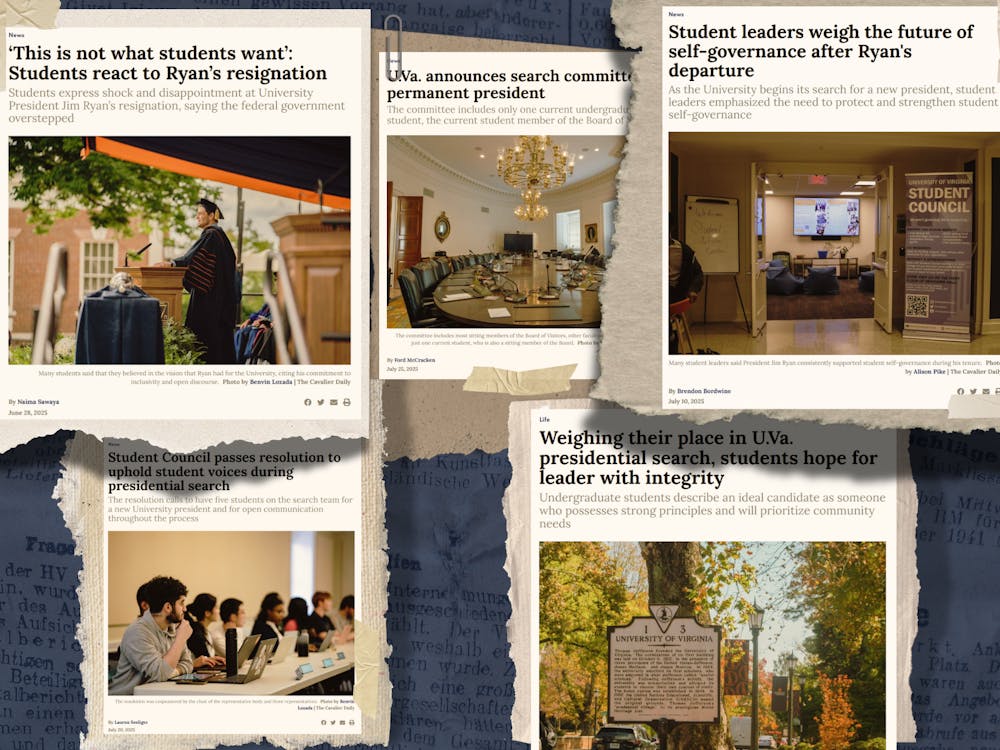In a move that will place faculty at the forefront of aerospace and atmospheric research, the University, along with five other universities in the mid-Atlantic region, will take part in the creation of the National Institute of Aerospace.
The University was chosen through a national competition to form part of a non-profit organization -- the National Institute of Aerospace Associates -- that will team with NASA's Langley Research Center in Hampton, Va. to create the new research institute, the NIA, according to a NASA press release.
The other universities chosen to comprise the NIAA include Virginia Tech, the University of Maryland, North Carolina State, North Carolina A&T and Georgia Tech.
In addition to the six universities, the NIAA also will include the American Institute of Aeronautics and Astronautics Foundation.
The University's involvement will provide both financial and educational benefits.
"There won't be a direct grant of research funds from the institute," said Milton Adams, associate dean for academic programs at the Engineering School. "The end result is that there will be an increase in the amount of research, therefore increased funding in specific research areas."
The NIA also will provide masters and doctoral degrees through both local campus and distance learning innovations.
"There is also a huge educational component," Adams said. "For example, there may be folks at NASA who want to take grad courses or earn their Ph.D., and they'll be able to do that at Langley through courses that all of the universities can offer, either by broadcast, online or locally."
In addition, the NIA will supply the University with more research options.
"It will give us an avenue to get more involved with research programs at Langley and will also expose our students to other universities," said Kathy Thornton, Engineering School assistant dean for graduate programs.
In the competitive process to gain membership in the organization, a source evaluation board reviewed research proposals from a selected group of schools. Criteria for judging the finalists included research program, leadership and management, education and outreach programs, gross potential, startup and initial operations, Langley Spokeswoman Kathy Barnstoff said.
"Basically what the evaluation board was asking was 'What is the best value for the government?'" Barnstoff said.
Adams shared a similar view on the competition.
The NIA "is intended to grow into a substantial research institute known around the world," he said. "It made sense to get the best engineering schools in the nation, which also all happened to be in the mid-Atlantic area. So what you have is the best of the best."
Construction of an actual building for the NIA has not yet begun but officials have designed some preliminary plans for the location, which will be at the Langley Research Center.
About 100 University faculty and graduate student researchers are expected to participate with the NIA initially. Organizers expect this figure to reach about 250 within the next five years.
NASA has agreed to commit a minimum of $25 million and a maximum of $118 million over five years.
The universities have agreed to cost sharing, within a contract, but those numbers have not yet been made publicly available. The universities possibly will receive funding from private sources depending on the research projects, Barnstoff said.






